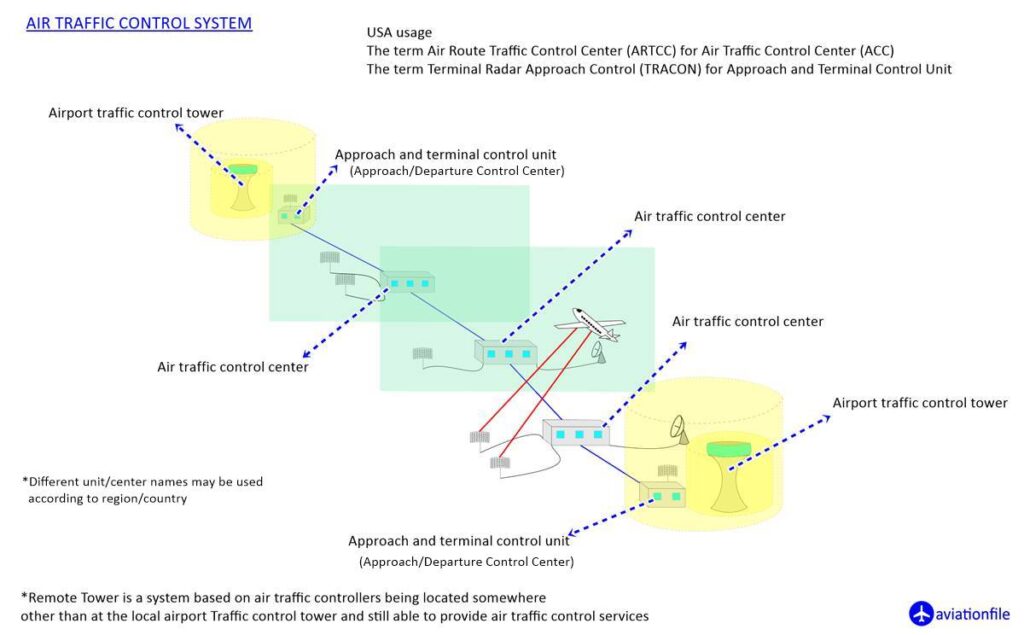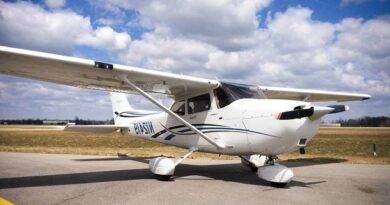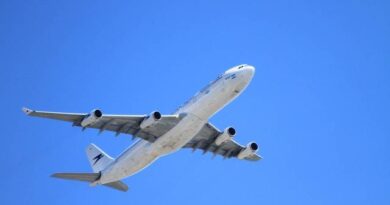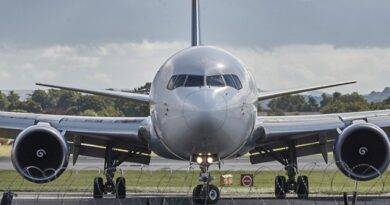Risk Factors Affecting Flight Efficiency in Commercial Flight
Commercial aviation is a complex and highly regulated industry that strives to provide safe, efficient, and reliable air transportation services. Flight efficiency is one of the critical factors that affect the operational and financial performance of commercial airlines. Several risk factors can impact flight efficiency, and it’s essential for airlines to identify, assess, and mitigate these risks to ensure safe and efficient operations. In this article, we will discuss the primary risk factors affecting flight efficiency in commercial aviation and their possible impact on airline operations.
Weather Conditions
Adverse weather conditions such as thunderstorms, strong winds, heavy rain, snow, and fog can significantly affect flight efficiency. These conditions can cause flight delays, diversions, and cancellations, leading to significant operational and financial losses for airlines. Moreover, severe weather conditions can also pose a risk to flight safety, and airlines must take appropriate measures to mitigate these risks.
Air Traffic Congestion
Increasing air traffic congestion can cause significant delays and disruptions to commercial airline operations. Congestion can occur at airports, airspace, or both, and it can result from a range of factors, including capacity constraints, runway closures, and air traffic control issues. Airlines must develop strategies to manage congestion effectively, such as route optimization, schedule adjustments, and collaborative decision-making with air traffic control.

Technical Malfunctions
Technical malfunctions of aircraft systems and components can also affect flight efficiency. Such malfunctions can cause flight delays, cancellations, or diversions, as well as compromise flight safety. Airlines must conduct regular maintenance checks and inspections to prevent technical malfunctions and ensure that their aircraft are in good condition.
Crew Availability
The availability of flight crews is crucial to flight efficiency. Crew shortages, flight crew fatigue, and other crew-related issues can cause flight delays and cancellations, leading to significant operational and financial losses for airlines. Airlines must develop strategies to ensure crew availability, such as optimizing crew schedules, providing adequate rest periods, and implementing crew training programs.
Security Threats
Security threats, including terrorism, cyber attacks, and sabotage, can also affect flight efficiency. Such threats can cause flight disruptions, cancellations, or even complete shutdowns of airport operations. Airlines must develop robust security measures and emergency response plans to mitigate security risks and ensure the safety of passengers and crew.
In conclusion, flight efficiency is a critical factor for the commercial aviation industry’s operational and financial performance. Several risk factors can affect flight efficiency, including adverse weather conditions, air traffic congestion, technical malfunctions, crew availability, and security threats. Airlines must identify, assess, and mitigate these risks to ensure safe and efficient operations. By doing so, airlines can improve their operational efficiency, enhance customer satisfaction, and reduce their financial losses.
References:
- IATA (International Air Transport Association). (2019). Global Aviation Industry Safety Report.
- FAA (Federal Aviation Administration). (2020). Flight Delays and Cancellations.
- Eurocontrol. (2019). Challenges of Growth: Air Traffic Management in Europe.
- Airbus. (2018). Technical Malfunctions: A Growing Challenge for Airlines.
- FAA (Federal Aviation Administration). (2021). Crew Fatigue.


